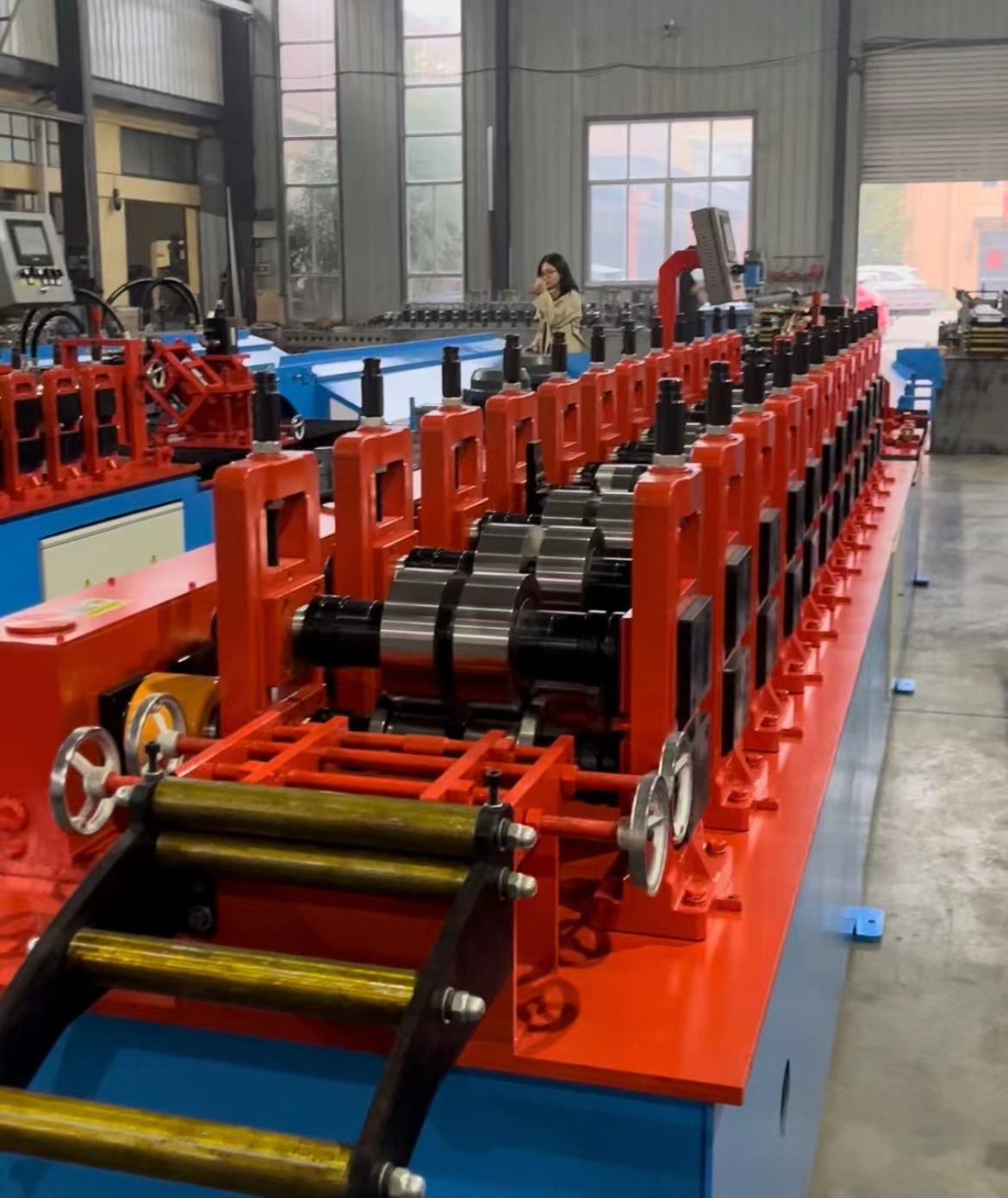
The Roller Shutter Door Forming Machine A Game Changer in Manufacturing
In the ever-evolving world of manufacturing, the roller shutter door forming machine has emerged as a pivotal innovation, transforming the way we produce roller shutter doors. These machines are designed to streamline the production process, enhance efficiency, and improve product quality, catering to a wide array of industries including construction, retail, and security. This article will delve into the functionality, advantages, and future prospects of roller shutter door forming machines.
Understanding Roller Shutter Doors
Roller shutter doors, known for their durability and security, are commonly used in commercial properties such as shops, warehouses, and garages. They provide a robust barrier against unauthorized access while also allowing easy access when needed. Constructed from various materials including steel, aluminum, and PVC, these doors must meet specific industry standards for strength and functionality. The production of such doors requires precision and consistency, which is where roller shutter door forming machines come into play.
How Roller Shutter Door Forming Machines Work
The roller shutter door forming machine operates on a straightforward yet efficient principle. The process begins with raw metal coils, which are fed into the machine. The machine then employs a series of rollers to shape and cut the metal into the desired profiles. These profiles are essential for the door slats, which are subsequently assembled to create the final product.
Most modern machines are automated, featuring advanced control systems that enhance accuracy and reduce human error. They can be designed to accommodate various degrees of customization, allowing manufacturers to produce different styles and specifications. This adaptability not only meets diverse market demands but also optimizes production efficiency.
Advantages of Roller Shutter Door Forming Machines
1. Increased Efficiency One of the most significant advantages of using a roller shutter door forming machine is the speed at which it can operate. The automation of processes reduces the time taken from raw material to finished product, enabling manufacturers to meet tight deadlines and increasing overall productivity.

2. Cost-Effectiveness While the initial investment in a forming machine may be substantial, the long-term savings are considerable. Businesses can reduce labor costs as machines require fewer workers to operate. Additionally, the precision of the machines minimizes waste, leading to lower material costs.
3. Quality Assurance Consistency is key in manufacturing, and forming machines excel in producing uniform products. This consistency helps businesses maintain quality standards, which is crucial in industries where door durability and reliability are paramount.
4. Customization Capabilities These machines afford manufacturers the flexibility to customize their products. By easily adjusting settings and tooling, businesses can cater to specific customer requirements, thereby enhancing customer satisfaction and loyalty.
5. Durability and Maintenance Modern forming machines are built to last, often constructed from high-quality materials that withstand the rigors of production. Moreover, they require relatively low maintenance, ensuring long operational life and minimal downtime.
Future Prospects
As the demand for roller shutter doors continues to rise, so too will the need for efficient production methods. The future of roller shutter door forming machines looks promising, especially with the integration of smart technologies. Automation and artificial intelligence are likely to play increasingly significant roles, enabling manufacturers to implement predictive maintenance and real-time monitoring of production processes.
Furthermore, as sustainability becomes a focal point in manufacturing, machines that minimize energy consumption and material waste will be highly sought after. Innovations in eco-friendly materials for roller shutter doors may also shape the industry, pushing manufacturers to adapt their production techniques accordingly.
Conclusion
The roller shutter door forming machine signifies a substantial leap forward in the manufacturing landscape. With its myriad advantages, from efficiency and cost-effectiveness to enhanced quality control and customization, it has established itself as an essential tool in producing roller shutter doors. As we look ahead, ongoing innovations will undoubtedly enhance these machines' capabilities, driving the industry towards greater heights and sustainability. Whether in commercial or residential applications, the future of roller shutter doors seems bright, powered by the remarkable technology of forming machines.